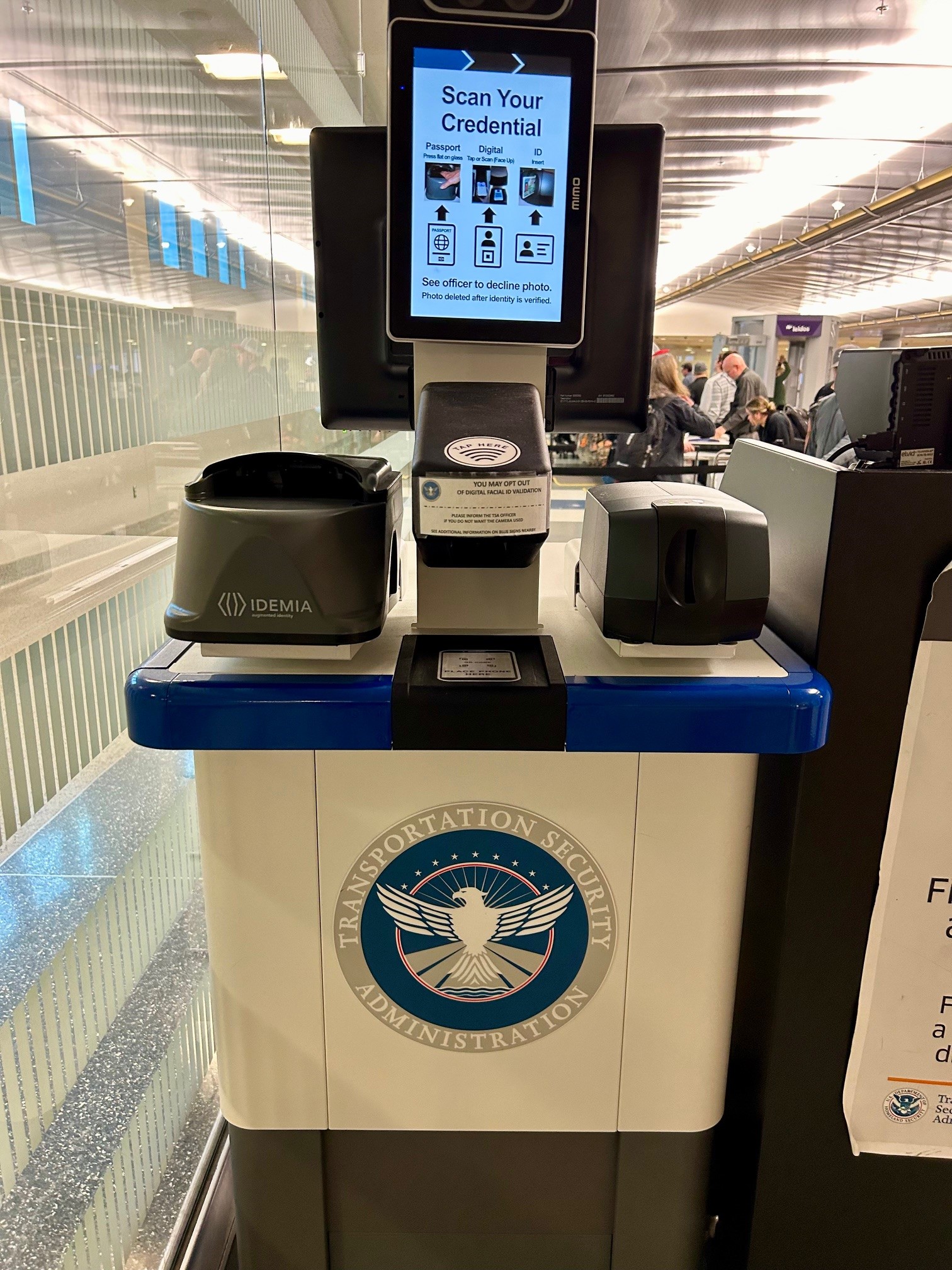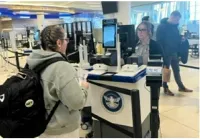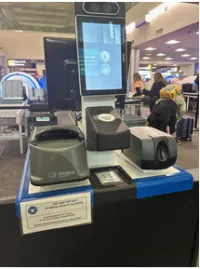
ROCHESTER, N.Y. — The Transportation Security Administration (TSA) is prepared for the highest passenger volumes the agency has seen at airport security checkpoints nationwide during this summer’s travel season, which begins this Memorial Day weekend and runs through Labor Day. TSA forecasts Friday, May 24, to be the busiest travel day of the long Memorial Day weekend, anticipating nearly three million passengers.
“Here at Frederick Douglass Greater Rochester International Airport we are coordinating with the airport, airlines and other travel partners and we are ready to handle this summer’s travel volumes,” said Bart R. Johnson, TSA’s Federal Security Director for Upstate New York. “We strongly suggest that travelers get to the airport early. Additionally, if individuals have not flown out of Rochester lately, they will see new credential authentication technology units at the checkpoint and we encourage travelers to follow the guidance that the TSA officers are providing.”
TSA is now using credential authentication technology (CAT-2) at Rochester, which confirms the authenticity of a passenger’s identification with an added camera feature. This deployment is the latest generation of CAT units that verifies the identity of travelers. First generation CAT units are designed to scan a traveler’s photo identification, confirm the traveler’s identity as well as their flight details. The new CAT units, referred to as CAT-2, have the same capabilities, but are also equipped with a camera that captures a real-time photo of the traveler.
CAT-2 compares the traveler’s photo on the ID against the in-person, real-time photo. Once the CAT-2 confirms the match, a security officer verifies and the traveler can proceed through the checkpoint, without ever exchanging a boarding pass. The photo is then deleted.
The CAT-2 units are equipped with cameras on tablets and are used to match the face of the person standing at the checkpoint with the face that appears on the traveler’s ID such as the person’s driver’s license or passport. The technology enhances detection capabilities for identifying fraudulent documents at the security checkpoint. The photos are not saved and are only used to match the person standing at the travel document checking podium with the photo on the ID that is being presented.
“Identity verification of every traveler prior to flying is a key step in the security screening process,” Johnson said. “This technology enhances detection capabilities for identifying fraudulent IDs such as driver’s licenses and passports at a checkpoint and it increases efficiency by automatically verifying a passenger’s identification. We want to ensure that you are who you say you are.”
As an additional feature, the unit is touchless meaning that the passengers insert their ID and do not have to hand it to a security officer. Thus the units reduce touchpoints and speed the process. Travelers insert their ID, look at the camera and if the ID is validated, the traveler then proceeds into the checkpoint. Even with TSA’s use of these units, travelers still need to check-in with their airline in advance and bring their boarding pass to their gate to show the airline representative before boarding their flight.
“Identity verification of every traveler prior to flying is a key step in the security screening process,” Johnson said. “This technology enhances detection capabilities for identifying fraudulent IDs such as driver’s licenses and passports at a checkpoint and it increases efficiency by automatically verifying a passenger’s identification. We want to ensure that you are who you say you are.”
As an additional feature, the unit is touchless meaning that the passengers insert their ID and do not have to hand it to a security officer. Thus the units reduce touchpoints and speed the process. Travelers insert their ID, look at the camera and if the ID is validated, the traveler then proceeds into the checkpoint. Even with TSA’s use of these units, travelers still need to check-in with their airline in advance and bring their boarding pass to their gate to show the airline representative before boarding their flight.


